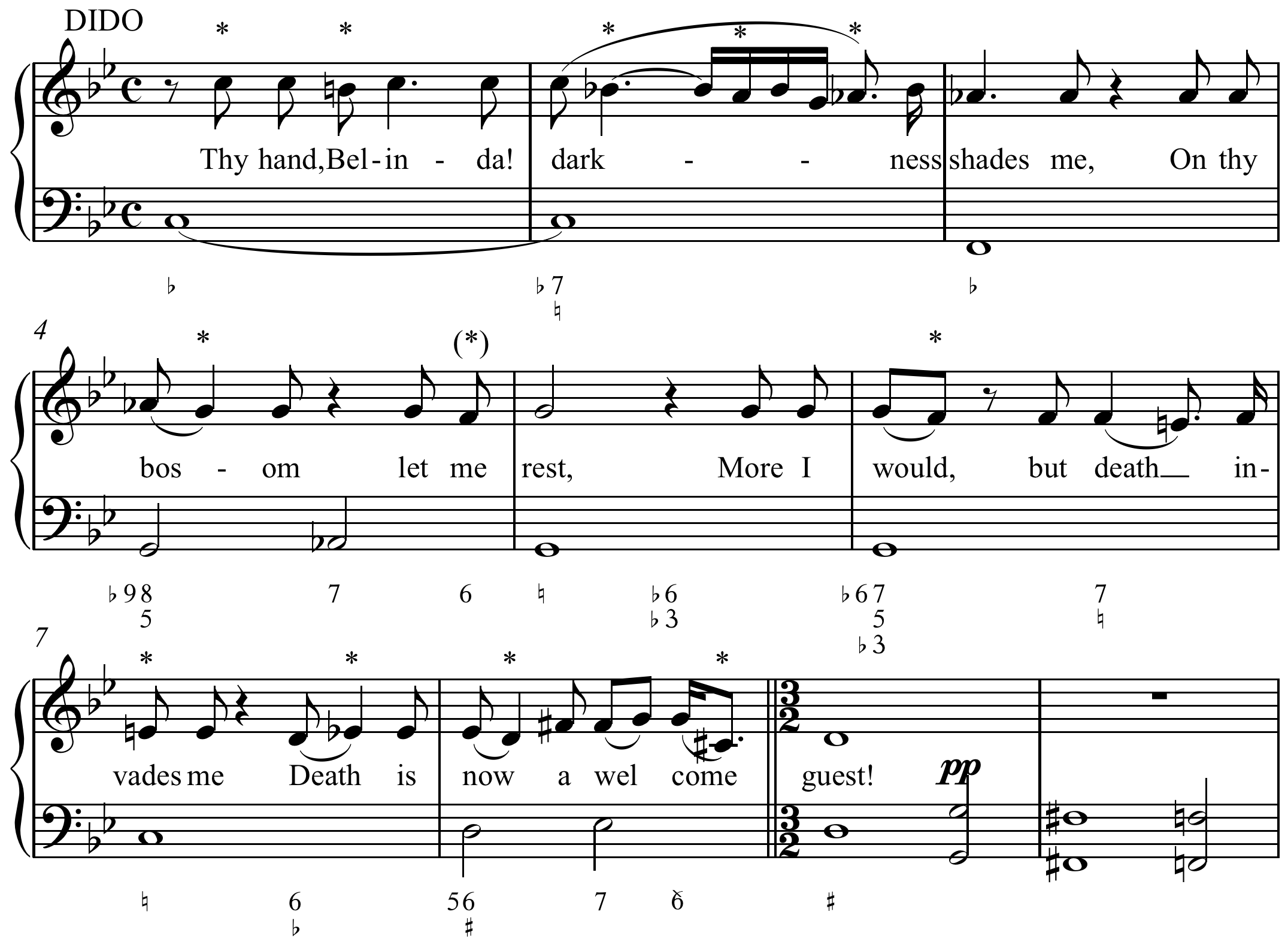 |
Constant Structure
In jazz, a constant structure is a chord progression consisting of three or more chords of the same type or quality.Rawlins, Robert (2005). ''Jazzology: The Encyclopedia of Jazz Theory for All Musicians'', p.131. . Popularized by pianists Bill Evans William John Evans (August 16, 1929 – September 15, 1980) was an American jazz pianist and composer who worked primarily as the leader of his trio. His use of impressionist harmony, interpretation of traditional jazz repertoire, block ch ... and Herbie Hancock, the combination of functional and nonfunctional chords provides cohesiveness while producing a free and shifting tonal center. For example, the progression Fmaj7–Amaj7–Dmaj7–Gmaj7–C13sus4 contains four major seventh chords (and one thirteenth chord), none of which are diatonic to the key of F major except the first. In contrast, the vi–ii–V–I or circle progression from classical theory contains four chords of two or three different qualities: ... [...More Info...] [...Related Items...] OR: [Wikipedia] [Google] [Baidu] |
 |
Jazz
Jazz is a music genre that originated in the African-American communities of New Orleans, Louisiana in the late 19th and early 20th centuries, with its roots in blues and ragtime. Since the 1920s Jazz Age, it has been recognized as a major form of musical expression in traditional and popular music. Jazz is characterized by swing and blue notes, complex chords, call and response vocals, polyrhythms and improvisation. Jazz has roots in European harmony and African rhythmic rituals. As jazz spread around the world, it drew on national, regional, and local musical cultures, which gave rise to different styles. New Orleans jazz began in the early 1910s, combining earlier brass band marches, French quadrilles, biguine, ragtime and blues with collective polyphonic improvisation. But jazz did not begin as a single musical tradition in New Orleans or elsewhere. In the 1930s, arranged dance-oriented swing big bands, Kansas City jazz (a hard-swinging, bluesy, improvisationa ... [...More Info...] [...Related Items...] OR: [Wikipedia] [Google] [Baidu] |
 |
Diatonic And Chromatic
Diatonic and chromatic are terms in music theory that are most often used to characterize scales, and are also applied to musical instruments, intervals, chords, notes, musical styles, and kinds of harmony. They are very often used as a pair, especially when applied to contrasting features of the common practice music of the period 1600–1900. These terms may mean different things in different contexts. Very often, ''diatonic'' refers to musical elements derived from the modes and transpositions of the "white note scale" C–D–E–F–G–A–B. In some usages it includes all forms of heptatonic scale that are in common use in Western music (the major, and all forms of the minor). ''Chromatic'' most often refers to structures derived from the twelve-note chromatic scale, which consists of all semitones. Historically, however, it had other senses, referring in Ancient Greek music theory to a particular tuning of the tetrachord, and to a rhythmic notational convention ... [...More Info...] [...Related Items...] OR: [Wikipedia] [Google] [Baidu] |
 |
Jazz Techniques
Jazz is a music genre that originated in the African-American communities of New Orleans, Louisiana in the late 19th and early 20th centuries, with its roots in blues and ragtime. Since the 1920s Jazz Age, it has been recognized as a major form of musical expression in traditional and popular music. Jazz is characterized by swing and blue notes, complex chords, call and response vocals, polyrhythms and improvisation. Jazz has roots in European harmony and African rhythmic rituals. As jazz spread around the world, it drew on national, regional, and local musical cultures, which gave rise to different styles. New Orleans jazz began in the early 1910s, combining earlier brass band marches, French quadrilles, biguine, ragtime and blues with collective polyphonic improvisation. But jazz did not begin as a single musical tradition in New Orleans or elsewhere. In the 1930s, arranged dance-oriented swing big bands, Kansas City jazz (a hard-swinging, bluesy, improvisational style) ... [...More Info...] [...Related Items...] OR: [Wikipedia] [Google] [Baidu] |
 |
Side-slipping
In jazz improvisation, outside playing describes an approach where one plays over a scale, mode or chord that is harmonically distant from the given chord. There are several common techniques to playing outside, that include side-stepping or side-slipping, superimposition of Coltrane changes, and polytonality. Side-slipping The term side-slipping or side-stepping has been used to describe several similar yet distinct methods of playing outside. In one version, one plays only the five "'wrong'" non-scale notes for the given chord and none of the seven scale or three to four chord tones, given that there are twelve notes in the equal tempered scale and heptatonic scales are generally used. Another technique described as sideslipping is the addition of distant ii–V relationships, such as a half-step above the original ii–V. This increases chromatic tension as it first moves away and then towards the tonic. Lastly, side-slipping can be described as playing in a scale a half-st ... [...More Info...] [...Related Items...] OR: [Wikipedia] [Google] [Baidu] |
 |
Parallel Harmony
In music, parallel harmony, also known as harmonic parallelism, harmonic planing or parallel voice leading, is the parallel movement of two or more melodies (see voice leading). Illustrative example Lines with parallel harmony can be viewed as a series of chords with the same intervallic structure. Parallel means that each note within the chord rises or falls by the same interval. Examples from works Prominent examples include: * Claude Debussy's '' Beau soir'' (1880), ''Prélude à l'après-midi d'un faune'' (1894), '' Nocturnes'' (1899), ''La Mer'' (1905), '' La cathédrale engloutie'', " Voiles", " Feuilles mortes" * Maurice Ravel's ''Daphnis and Chloë'' Suite No. 2 (1913), "Menuet" from '' Le Tombeau de Couperin'' * Erik Satie's ''Le Fils des étoiles (1892) * Igor Stravinsky's ''The Rite of Spring'' (1913) * Olivier Messiaen's music features abundant planing * Richard Strauss's ''Elektra'' (1909) * Arnold Schoenberg's ''Pierrot lunaire'', "Columbine" (1914) * William ... [...More Info...] [...Related Items...] OR: [Wikipedia] [Google] [Baidu] |
 |